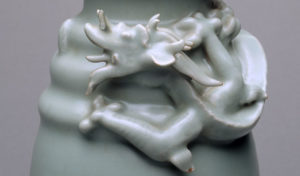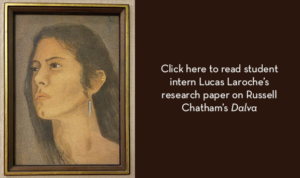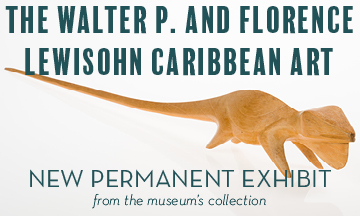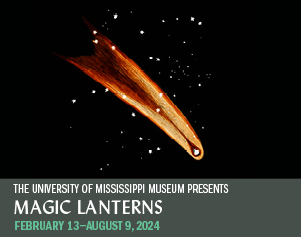January 24 – August 18, 2012
Opening Reception: Thursday, February 16, 2012, 5:00 p.m. – 7:00 p.m.
Since the second century BCE, the so-called “Silk Road” stretched for thousands of miles from eastern China to the Black Sea, thus linking the great civilizations of east Asia with those of southwest Asia and, thereby, to Europe. In later centuries the trade and cultural influences which flowed back and forth on land were transferred to the sea, as maritime shipping eventually came to dominate world commerce.
The superb examples of Chinese ceramics featured in this exhibition were prized at home and treasured abroad, where they were indeed rarities until the mid 18th century. Specific styles and innovations that arose as a result of cross-cultural exchanges are highlighted.
On the Silk Road and the High Seas: Chinese Ceramics, Culture and Commerce examines why Chinese ceramics were such prized commodities, both at home and abroad. Examples of proto-porcelain appeared in China about 3,000 years ago and hard-paste porcelain began to be made around 1,800 years ago. This precious product was sometimes called “white gold,” especially in the West. Foreign trade and changing domestic markets played a role in stimulating Chinese potters to continually reinvent their repertoire of shapes and decorative techniques. These exchanges also illuminate important episodes in cultural history.
Featuring more than seventy pieces of porcelain, stoneware, and carved jade from the permanent collection of the Norton Museum of Art, On the Silk Road and the High Seas highlights the innovations and distinctive styles that arose as a result of this bountiful cross-cultural exchange. The exhibition follows both chronologically and geographically the paths of trade along the Silk Road by way of this exquisite selection of decorative arts.
On the Silk Road and the High Seas: Chinese Ceramics, Culture, and Commerce was organized by the Norton Museum of Art, West Palm Beach, Florida. It is being presented at the University of Mississippi Museum by the Sally McDonnell Barksdale Honors College and the Croft Institute for International Studies at the University of Mississippi.















Hear Our Latest News First!